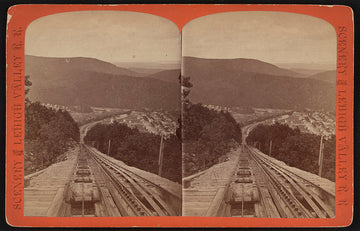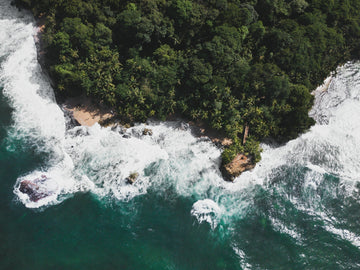How Terroir Crafts Coffee Character
The concept of terroir, borrowed from the world of winemaking, is deeply entrenched in coffee cultivation, acknowledging that a region's soil composition and climate intricacies profoundly influence the quality and flavor profile of the coffee. Variations in altitude, rainfall, temperature, and soil types interact in complex ways to shape the beans' development, imbuing them with unique characteristics that are expressive of their specific geographic origin. Consequently, terroir contributes significantly to the sensory diversity found in the world's coffees, offering a myriad of experiences for the palate, ranging from bright and acidic to rich and earthy.
The interplay of terroir elements extends to the minutiae of coffee cultivation practices, where factors such as shade cover, local flora, and even altitude-induced diurnal temperature variations can each leave their mark on the final cup. While volcanic soils might gift a coffee with vibrant acidity and a hint of minerality, coastal proximities can infuse a subtle salinity. Moreover, seasonal climate shifts can influence not only the coffee plant's growth cycle but also the taste of each yearly harvest, much like the concept of vintages in wine. This diverse palette of conditions necessitates a sophisticated approach to farming, where the knowledge and choices of the producer can harness or enhance these natural gifts.
Looking to learn more? Read our blog post: How the Place Where Coffee is Grown Can Influence Its Flavor



